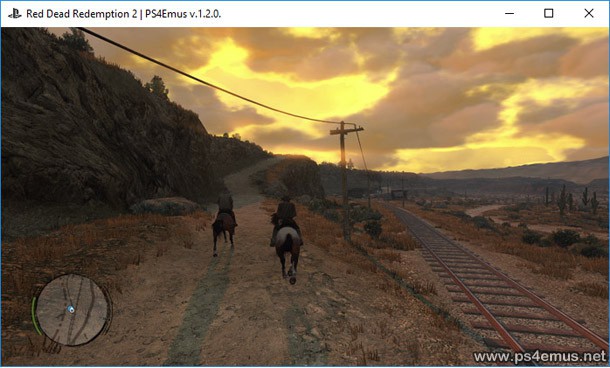

You will want to either drop a pin on the map, enter the address where the satellite will be installed, or use a satellite pointer mobile app to get the most accurate elevation, azimuth and polarity numbers that you will need to set up your mounting bracket and antenna.įor example, using the Denver Federal Reserve bank address:ġ020 16th Street Mall, Denver, Colorado, 80202, United StatesĮnter this address into the satellite map website, it will reveal the best numbers for the elevation, azimuth and polarity. Navigate to the Blockstream Satellite network coverage website and make note of the satellite with the strongest signal for your geographic location. Satellite Selection And Rough Pointing Angles You can set this aside for now and we'll come back to it later. Then, snap the top of the case onto the middle part and the Raspberry Pi assembly is finished. The fan itself snaps into place on the underside of the top of the case. Connect the black lead from the fan to pin #6, which is the ground pin. Then, connect the red lead from the fan to pin #2, which is the five-volt direct current power supply pin. Then, place the middle of the case on the circuit board as shown here: Then, start with the lower portion of the case and place the Raspberry Pi circuit board on it.

Make sure to first install the supplied heat sinks as shown here: You will also benefit from having a laptop with WiFi capabilities.Įverything needed for the Raspberry Pi comes in the CanaKit listed above, except for the SSD. 1 terabyte (TB) Solid State Drive (SSD), such as the Samsung T5 or T7Satellite Antenna Kit: All-in-one base station sold by BlockstreamEthernet cable: Outdoor-rated CAT5e will sufficeEthernet cable crimp tool for terminating the cable endsRJ45 connectors for the Ethernet cable ends GitHub Repo: Be sure to bookmark this repo as wellĪll together, a setup like this will cost less than $800 for all the required materials.

Recommended MaterialsSatellite Selection And Rough Pointing AnglesAntenna InstallationRaspberry Pi OS ImageConfiguring The SSDInstalling And Configuring BlockSat-CLI And Bitcoin SatelliteDialing In The Antenna Pointing AnglesRunning Bitcoin SatelliteConclusionRecommended Materials:Raspberry Pi kit: includes Raspberry Pi 4 byte (B) to 8 gigabyte (GB) RAM, case, cooling fan, power adaptor and microSD card. Special thank you to Igor Freire from Blockstream, his patience and attention to detail were tremendous resources for the author through this exercise. This article covers the materials needed, installation, configuration and operation of a Bitcoin node connected via satellite using a Raspberry Pi and a Blockstream satellite kit.


 0 kommentar(er)
0 kommentar(er)
